An Introduction to the Differences Between HMO and PPO Dental Insurance
Understanding the differences between HMO and PPO dental insurance plans is essential for making informed decisions about your oral health coverage. Both plans offer unique advantages and considerations, so it’s crucial to grasp the distinctions to determine which one aligns with your needs. In this blog post, we will delve into the disparities between HMO (Health Maintenance Organization) and PPO (Preferred Provider Organization) dental insurance plans, utilizing real, reliable, and updated sources to provide you with accurate information.
HMO Dental Insurance:
HMO dental insurance plans operate on a managed care model, where you select a primary dentist from a network of providers. This dentist serves as your primary care provider and coordinates your dental care. Typically, HMO plans have lower monthly premiums and predictable copayments for services. These plans are ideal for individuals seeking cost-effective dental coverage and who are comfortable with the limitations of a designated network of dentists. If you’re budget-conscious and prefer having a predetermined copayment for dental procedures, an HMO dental insurance plan may be a suitable choice for you. The ADA source further explains the specific features and considerations of HMO plans, helping you make an informed decision.
PPO Dental Insurance:
PPO dental insurance plans offer a broader network of dentists, giving you more flexibility in choosing your dental care provider. These plans allow you to visit both in-network and out-of-network dentists, although your out-of-pocket costs may be higher for out-of-network services. PPO plans often have higher monthly premiums but provide greater freedom in selecting dentists and receiving specialized treatments. If you prefer the flexibility to visit any dentist of your choice, including specialists, without needing a referral, a PPO dental insurance plan may be more suitable. The Delta Dental source expands on the features and benefits of PPO plans, helping you understand how they can align with your dental care preferences.
Key Differences:
The primary differences between HMO and PPO dental insurance plans lie in network restrictions, costs, and flexibility. HMO plans require you to choose a primary dentist from a designated network and typically offer lower monthly premiums but limited choices for providers. On the other hand, PPO plans allow you to visit both in-network and out-of-network dentists, providing more flexibility but often with higher costs. Investopedia provides a reliable source that highlights the key differences between HMO and PPO plans, helping you understand the financial implications, network limitations, and benefits associated with each type of dental insurance plan.
Conclusion
Understanding the differences between HMO and PPO dental insurance plans is crucial for selecting the coverage that best meets your oral health needs and budget. HMO plans offer cost-effective options with a designated network of dentists, while PPO plans provide more flexibility and broader choices for dental care providers. By considering factors such as budget, network preferences, and anticipated dental needs, you can make an informed decision and secure appropriate dental insurance coverage. The information provided above is reliable. However, for the most precise and current data, it is always advisable to verify the information and consult the specific insurance provider’s policies and products.
Resources:

